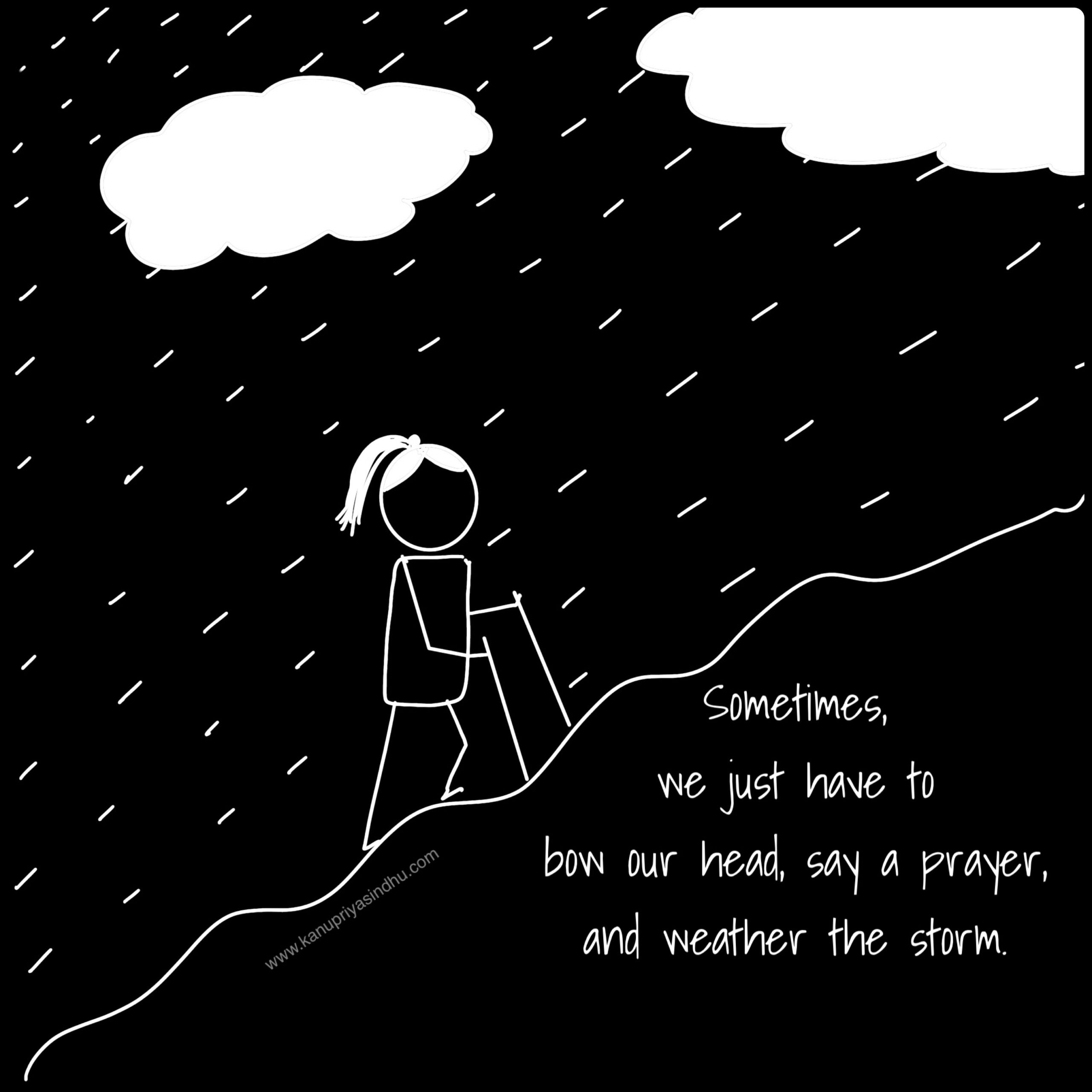It has happened. India crosses the 100 Mn Internet users mark this September. As per the latest report from IAMAI, there are 112 Mn claimed Internet users as on September 2011, out of which 88 million users belong to urban cities and 24 Mn to rural areas. Compared to last year, there has been a growth of around 13% and by December 2011 it is expected that there will be 121 Mn claimed Internet users.
Few other key insights from the report:
-
Usage from home has increased whereas common access points like cyber café usage seem to be on decline as compared to previous years. Around 37 percent of users access the Internet from home, 23 percent from cyber cafes, 22 percent from office, 9 percent from mobile devices and rest from schools and other such places.
-
Internet usage in smaller towns continues to spike its dominance over top 8 metros with a combined usage of more than 60 percent.
-
Youngsters in India continue to drive Internet Usage in India and usage of school going kids has seen a substantial rise. This opens up the market for children aged below 18 year of age.
-
While the usage by both college going kids and young men have taken a slight dip compared to 2009, school going kids have started using internet more than they’ve ever had in the past decade owing to the now existent e-learning services and educational information available on the Internet.
-
Emails, Education, Social Networking, Music and Text chatting are the most popular activities amongst Urban Internet users whereas in Rural areas accessing music, videos, photos and general information search are the activities of prime usage.
So, users and usages have increased. What next for India Online? More e-commerce companies? Better e-learning services? Increased market for smart-phones and tablets? Growth in Mobile Internet Industry? Well, maybe all of these. Indeed a landmark figure has been reached, now interesting to see how it impacts the overall state of Indian Internet Industry and its position in Global competitive landscape.







Recent Comments